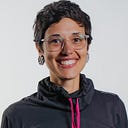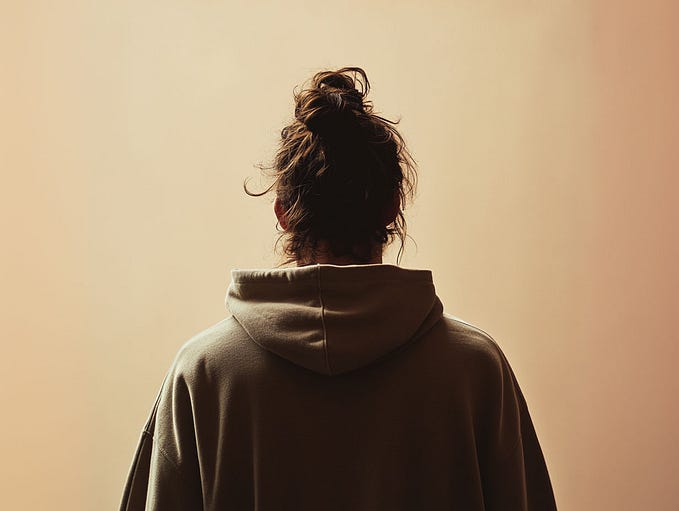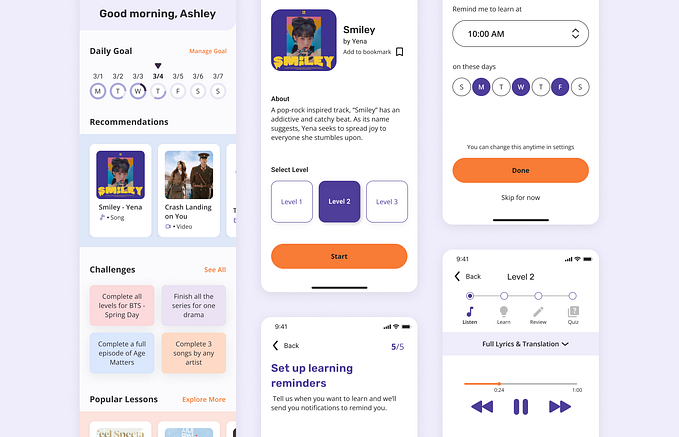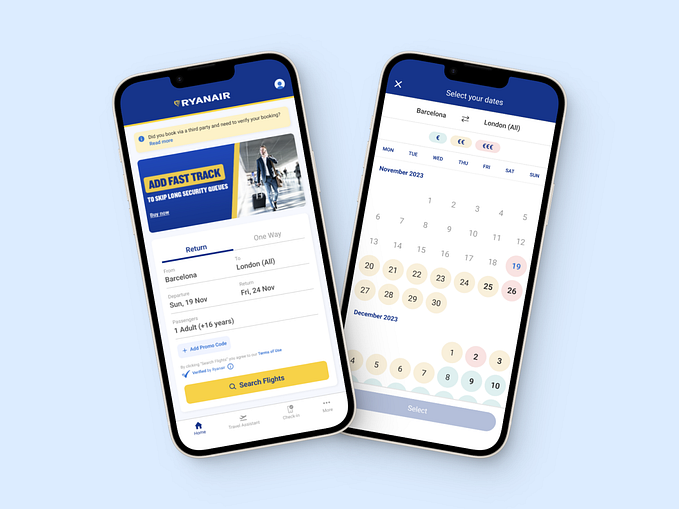How I got my first job as a UX designer
And an update on the case study: A guerrilla usability test on Enjoei app
About a year ago I decided to transition my career from video editing to UX/UI design. It was self-directed learning journey and I wrote the beginning of this journey here:
This is the summary and continuation of what I’ve done after publishing that article:

🔎 Main parts of this process:
- Set clear goals:
- Long term: learn UX and UI and be able to apply the knowledge in real projects
- Short term: break down the long-term goal into small tasks - Kept track of everything to see the progress and opportunity for improvements
- Read articles and books about soft and hard skill
- Online courses (Linkedin, IDF, and free videos)
- Applied the learnings on projects and published about them here on Medium and on my Linkedin profile
- Went on Meetups
- Talked to professionals that work on UX, UI, and Research design
- Attended design critiques in a startup
- Worked three months on a tech startup called Enjoei (the same startup that I wrote about in my first case study)
And a great mentor (my husband) that encouraged me and answered many of my questions during this process.
📚 Books related to soft and hard skills in UX design
The ones not directly related to UX design were also important to develop and refine my soft skills. They helped me to tackle challenges in different phases of the design process.

😳 My first interview as a UX/UI Designer Junior
A year passed by and I wanted to validate if I was able to receive a job offer as a UX/UI designer junior. I had no past professional experience in this field.
I applied for a job opportunity that I found on Linkedin for a UX Designer Junior. They sent me a case study to make and I presented it through a video call.
After a few days, I received the answer that they had chosen another person for that role. Even so, it was a great opportunity to practice design in a case study and to know how was their process for a UX/UI design role.
I’ve published the case here:
In this period I was also going to Meetups and publishing the case studies. A few companies started to contact me through Linkedin and I went to talk to them as well.
I realized it wasn’t as intimidating as I thought it would be. Most of the professionals were interested in my changing career journey and pretty receptive.

One of the companies that contacted me was the one that I made my first case study about UX/UI design: Enjoei. They found it by chance online and the design team leader contacted me on Linkedin.
This is the link to the case study:
They didn’t have any open job opportunities for this role, but were opened and willing to have someone focusing on UX design. We had a few talks and agreed on a three months contract. I was in!
❤️ Update on the case study: A guerrilla usability test on Enjoei app

Enjoei is one of Brazilian’s biggest online fashion marketplaces.
The team of designers was mainly focused on UI design. They have years of experience in this field and the company is a reference in visual design.
I knew I had many things to learn from them and that I could also contribute.
(Thank you very much, guys!)
Luckily I got my first opportunity in this field in a startup where even the founders were open to discussing the product and supporting my role there. 🍀
As I was the only person focusing on UX design/research it was entirely up to me to find the problems, analyze them and work together with them to think of solutions.
I proposed an A/B inspired by the results of the Guerilla Usability test of my case study. I planned it and with the support of the product, technology, and BI teams, we ran the test with 20% of all users from the desktop.
I’m glad I had the support of those teams. (Thank you all!)

The guerrilla usability test of my case study had shown positive results with the suggested button (heart button), and also in the A/B test.
Until the present date (2019/September) the implementation of this button is being evaluated.
I also had the opportunity to:
- Work collaboratively and learn with other areas of the company;
- Lead and do user research (usability tests, guerrilla usability tests, qualitative and quantitative research through telephone, and polls with Hotjar);
- Analyze and document the inputs from the research
- Propose solutions based on data;
- Practice UI design, create wireframes and high-fidelity prototypes using Sketch and Invision;
- Talked with leaders from different areas to learn, empathize and create connections between areas.
As the days were passing the design team leader said they wanted me to keep working there after the end of the 3 months contract. I was glad to hear that!
UX self-assessment updated
I made my first UX assessment in March 2019 (I wrote about it here).
While working in the company I was checking biweekly the spreadsheet with the behaviors and competencies of a UX designer to see which area I could improve.
It’s overwhelming the number of things to learn and it helps me to write things down using some app (e.g.: Asana, Click Up, Trello, Notion, Basecamp, etc.) and plan the next steps.
Here are the first UX assessment and the last one I made, respectively:

💭 Take-Aways
I’m happy to have used the design thinking approach in my journey.
I was able to change career without going to expensive courses or investing years in another university.
It required me a lot of discipline, determination, and organization and It was all worth it.
I see that design is much more than making things beautiful and thinking about solutions, even though those are also important parts of it.
Having empathy, active listening, curiosity, and trying to understand the problem at hand are also important things. I feel even more excited and creatively fulfilled by doing it, especially because everything I’ve learned is valuable for my life, not only for a job.
I also recognize my luck and privileges in this process: the support of my husband, the people I’ve met, the opportunities I had, and the product design is one of the fastest-growing fields according to the 2019 Product Design Hiring Report:
“70% of people managers increased the headcount of their design team in the past year.”
In this short period, I declined other job opportunities that I passed in the interview.
🚀 Next steps
With that said, I’m really glad I had all these opportunities. I’m excited to keep learning and to step out of my lane as well.
I declined the opportunity to keep working in the company for now and decided to validate some side projects: experiment and learn fast to exercise the “muscle” of creating and validating products.
Thanks to people from Enjoei for the opportunity and to my husband for his patience, encouragement, and support in the process.
Thank you for reading. If you have any feedback, I’d love to hear from you.
Here is my Linkedin.











